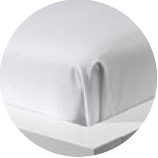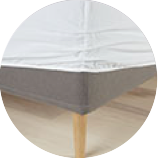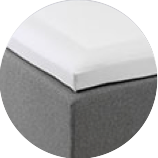The Ultimate Washing Guide

We dedicate a significant portion of our time to sleeping, and intermittently, we take showers or baths to maintain cleanliness. Therefore, it's crucial to regularly launder your bed linens and towels to ensure their freshness. In this guide, we'll detail the optimal approach to washing your premium bed linens, empowering you to tackle this task with confidence and perhaps even enjoy the process.
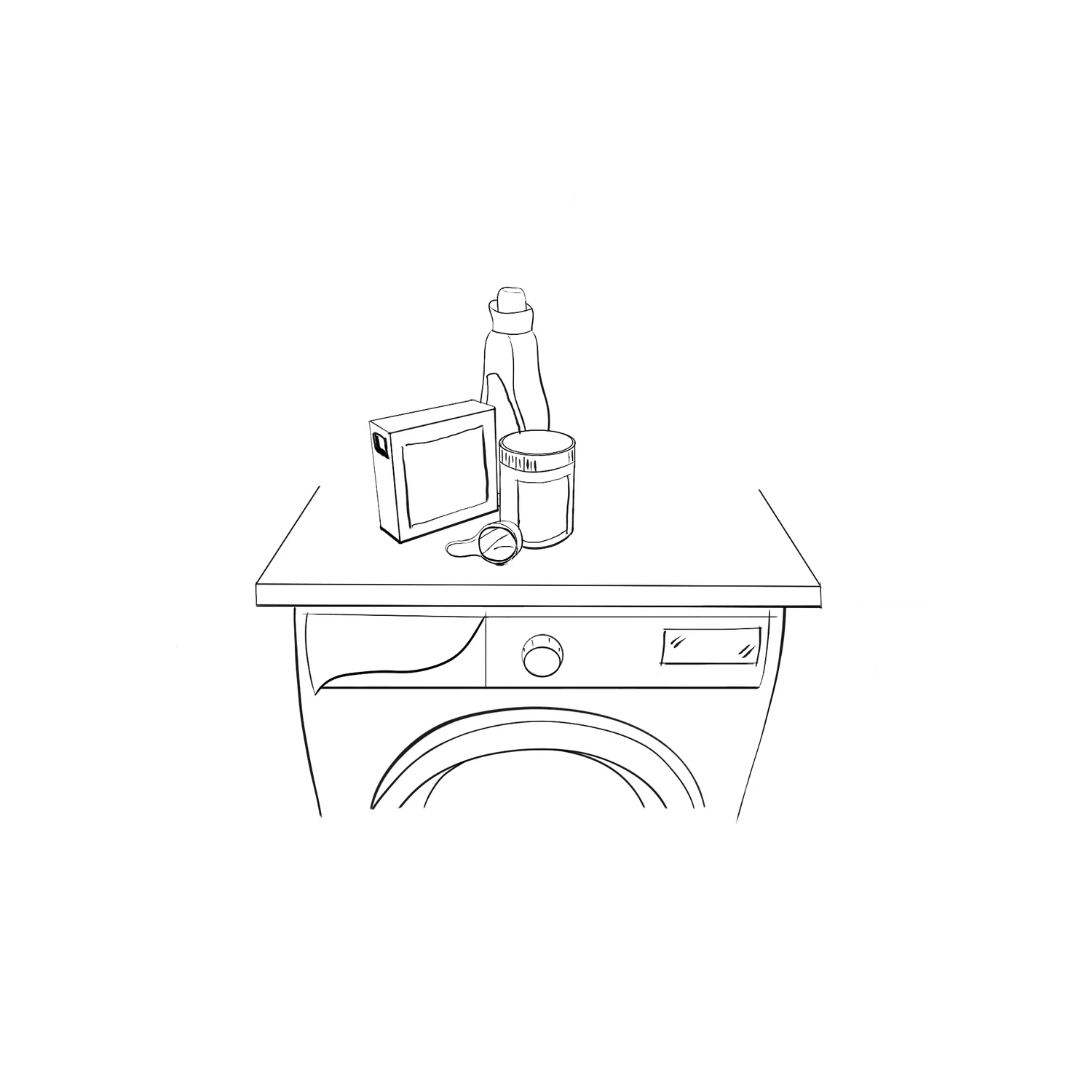
WASH REGULARLY
As a rule of thumb when it comes to bed linens, if everyone in the family is healthy you should wash your bed linens every two weeks. If someone in the family is sick, every other day can be a good idea, to avoid spreading infectious diseases.
What about towels ? Towels should ideally be washed more regularly – perhaps every few days – while your facecloth should be cleaned after every use. Because it gets completely wet, it will be wet for a longer time, and retain more skin cells and microbe.
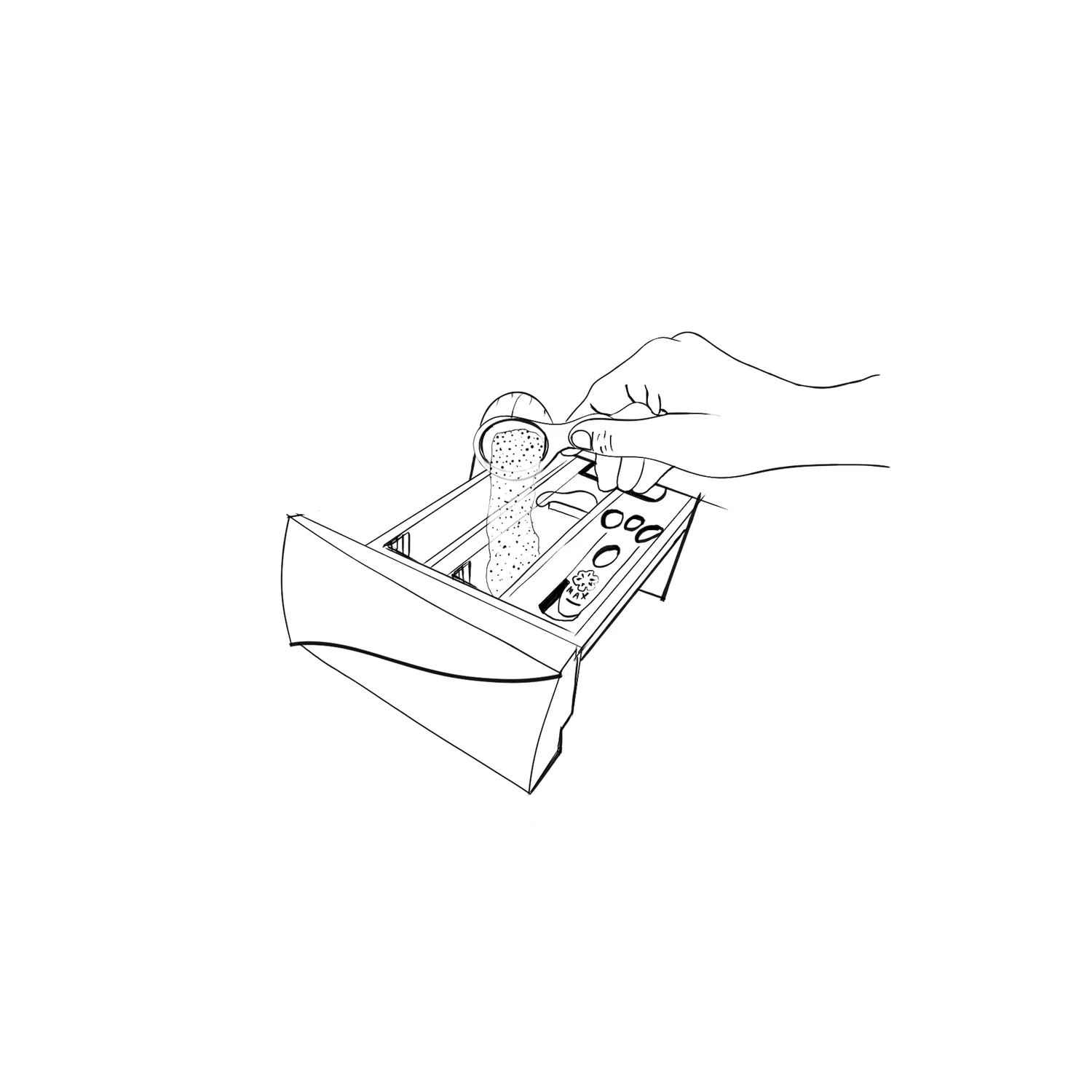
QUALITY DETERGENT
It’s tempting reaching for the private label detergents when in the supermarket but there is a marked difference between quality detergent and non-quality detergent. Go with the big brands and you will be fine.
A little side tip here might be to always use a particular detergent for your bed linens to have the same smell when you go to bed. This helps put your mind in the right place when about to sleep.
Too much of a good thing is a bad thing, so don't use too much detergent as this could cause your sheets and towels to wear faster.

40-60 DEGREES & 1200 RPM
Even though principally all bed linens are prepared for being washed in 60 degrees, 40 degrees is enough with today’s highly efficient detergents. It is an urban myth that you need to wash bed linens at 90 degrees for them to get really clean.
Using a relatively high RPM, 1200, for your centrifuge will make your bed linens come out dryer. If your RPM is at 1600 your bed linens will wear out a little bit faster but if you buy quality bed linens this should be fine as well.

HOW TO TUMBLE DRY
Tumble drying your bed linens, is principally fine but will yield a lot of wrinkles. If you want your bed linens to have that really soft feeling you should buy bed linens of super high quality with a satin weave and than use a fabric softener. If you still don’t think your bed linens are soft enough tumble drying is the next step but the vast majority of people are happy at this point.
Towels and bathrobes on the other hand, they become fluffier when tumble dried in small loads for under 20 minutes on a low to medium setting. Use a dryer setting specifically for towels or a normal/regular cycle. High heat and overdrying can cause fabric damage.
Try to ensure that you remove the bed linens and towels from the washing machine as soon as possible after it stops. That way you will eliminate the risk of any fungus developing or bad smells.
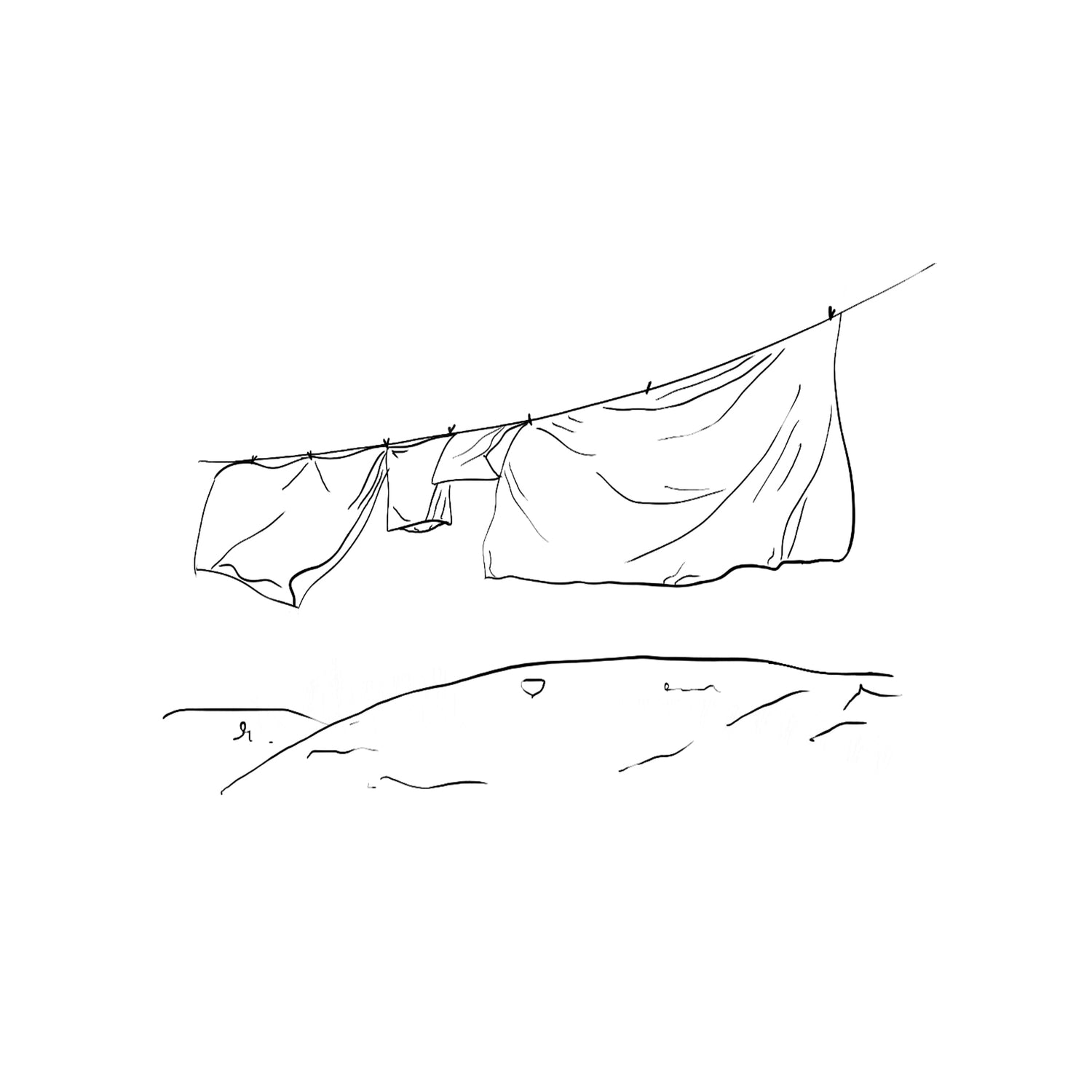
FOLD UP NEATLY & HANG TO DRY IN THE SUN
Folding up your bed linens neatly is key in avoiding wrinkles. That way they will stretch out while drying up. Not everyone has the possibility to hang bed linens in the sun, either because there is no sun or because they live in an apartment, but if possible the sun is a really good way to dry your bed linens. You can also hang the bed linens to dry over a door.
I would recommend to do the same with your towels, because air-drying towels causes less wear and tear on the material than tumble-drying, it can help towels last longer. Air-drying towels outdoors in bright sunlight can help bleach white towels. Keep in mind that dark or colored towels should be air-dried in the shade to avoid fading.
Your Laundry Questions Answered
Why shouldn't I wash bed linens and towels together?
Though washing bed sheets with towels isn't as damaging as mixing them with items like those with zippers, it's still not advisable. The thickness and weight of towels can significantly affect your sheets. Firstly, washing sheets alongside towels can hasten the fading or yellowing of light-colored sheets. Additionally, there's a risk of lint from the towels adhering to the bed linens.
Are there specific detergents recommended for washing bed linens and towels to maintain their quality?
Certain detergents may be more suitable for washing bed linens and towels, helping to preserve their softness and absorbency. Look for detergents labeled as gentle or suitable for delicate fabrics.
What steps can I take to prevent bed linens from pilling?
Pilling, or the formation of small fabric balls, can occur over time with repeated washing and use. To minimize pilling, consider washing bed linens inside out, using a gentler wash cycle, and avoiding overloading the washing machine.
Can I use bleach to whiten my towels and bed linens?
While bleach can effectively whiten white towels, it may cause damage or discoloration to colored towels and bed linens, so I would recommend not to bleach your liens or towels. Consider using alternative whitening methods such as vinegar or oxygen-based bleach for colored fabrics.
Are there any eco-friendly alternatives to conventional fabric softeners for softening bed linens and towels?
Yes, there are several eco-friendly options for softening bed linens and towels. Consider using wool dryer balls or adding a cup of white vinegar to the rinse cycle as natural fabric softeners. These alternatives are not only environmentally friendly but also help reduce chemical exposure.
Would you like to speak with the Juniper team?
If you still have questions or wonders, we are happy to help you. Click on the link below to send us an email and we will get back to you shortly!
